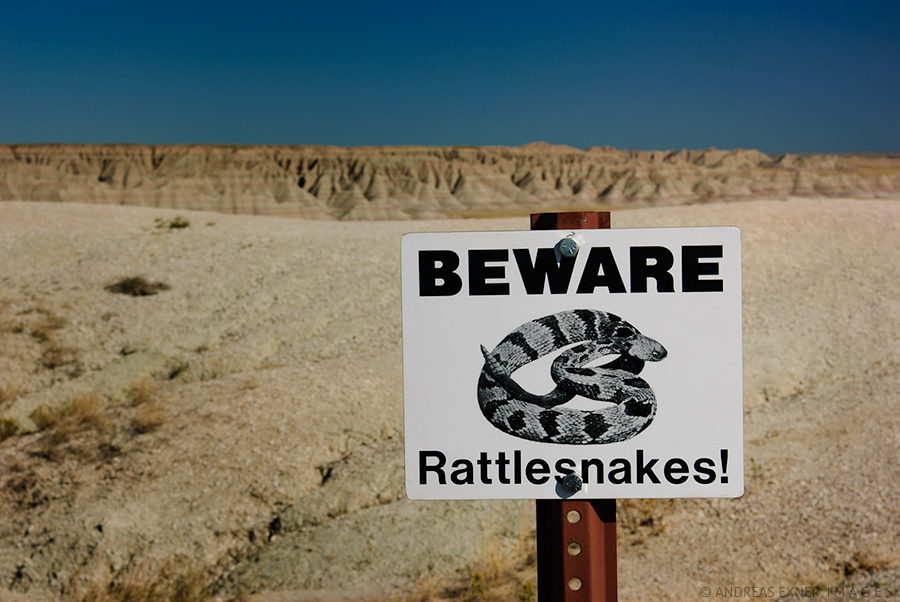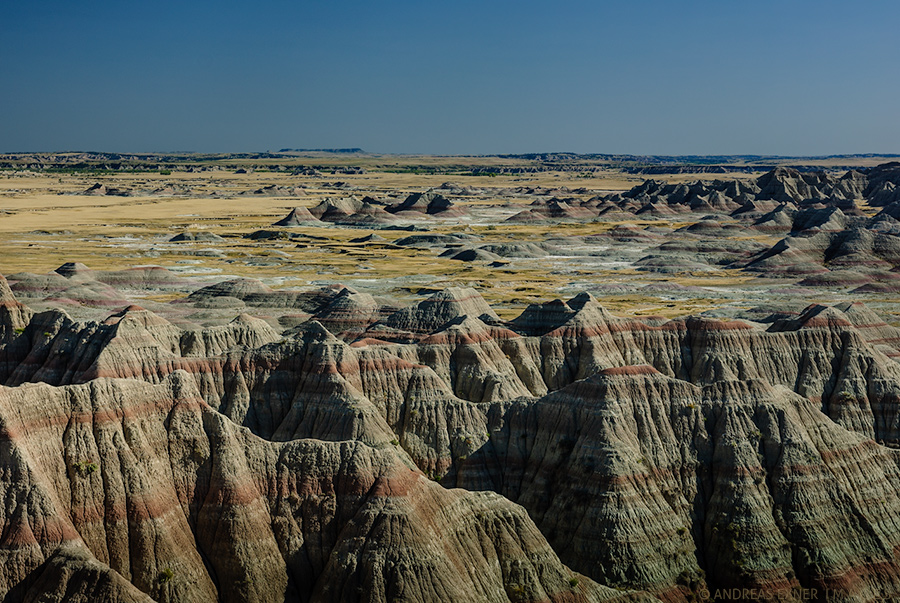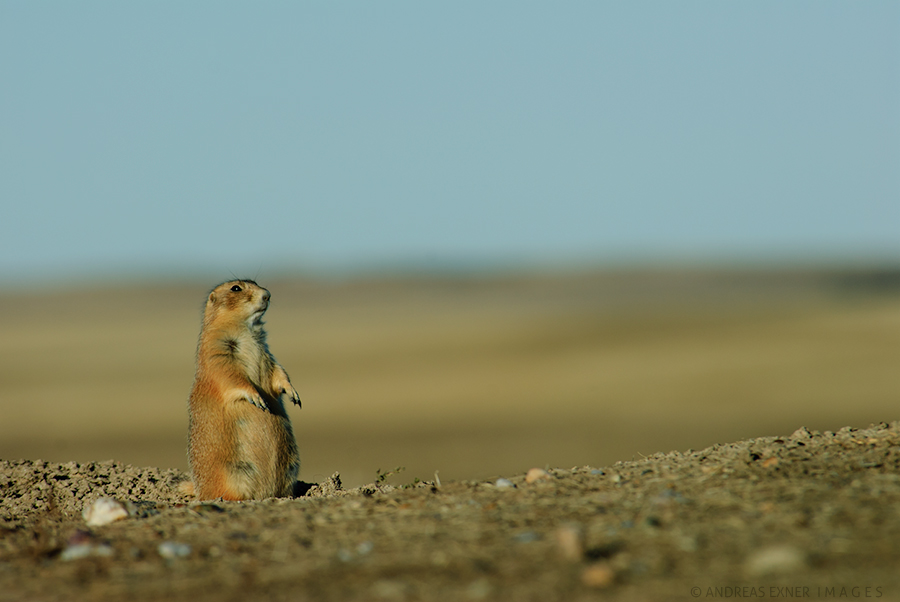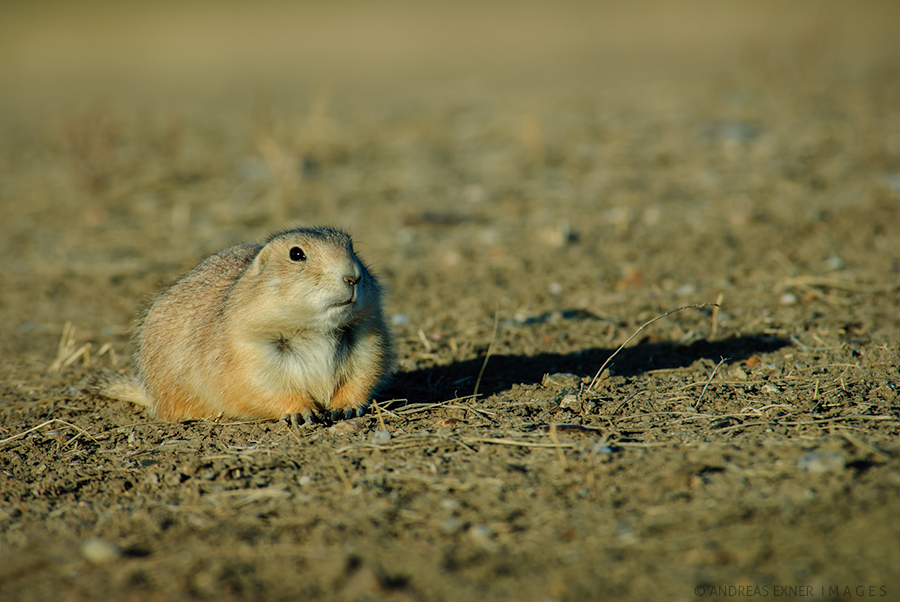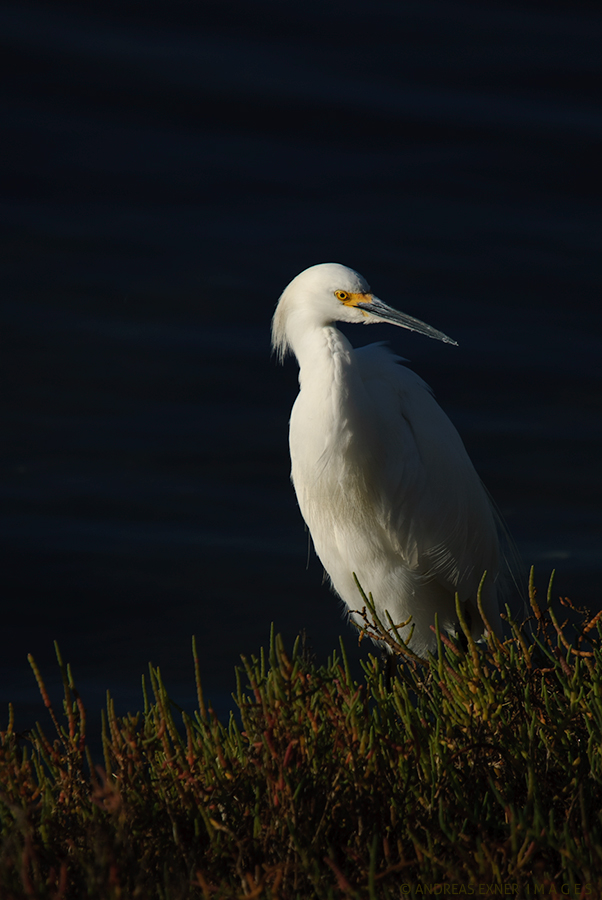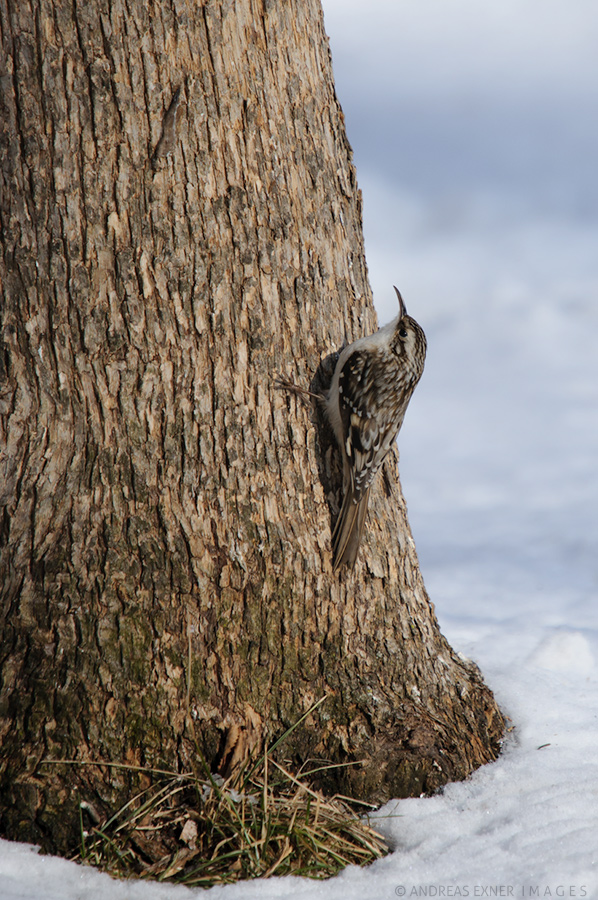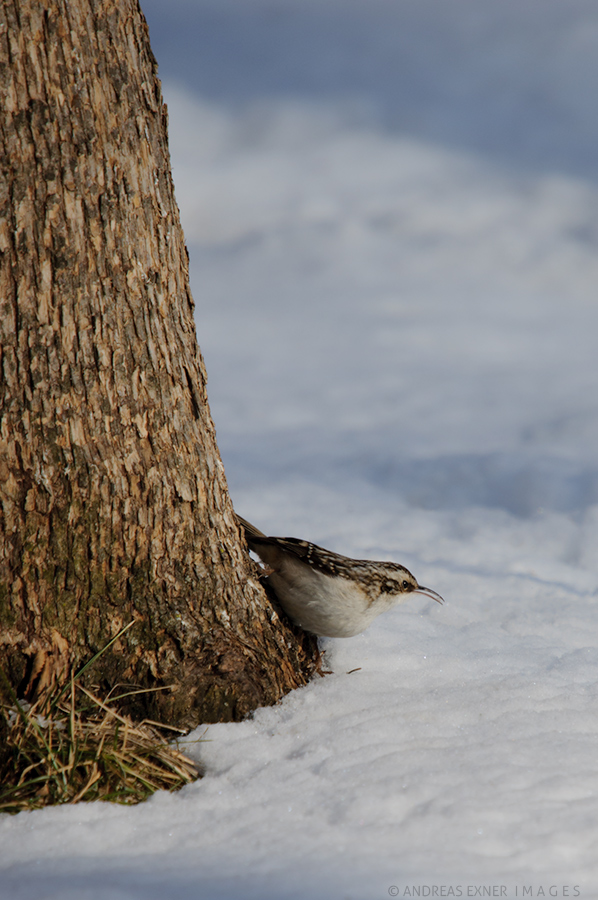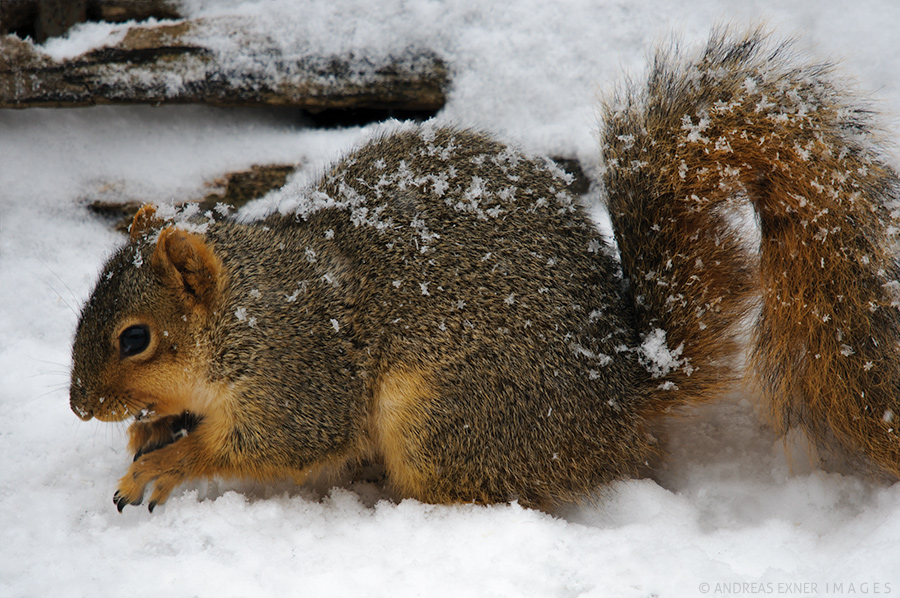I couldn't wait to get out in the wetlands again. It is usually the most exciting time in the year to be out there and I did not get disappointed yesterday. Although many water bodies are still frozen there is some open water now. Thousands of Mallards and Canada Geese use the wet fields to rest and feed on their way up north. Many Geese couples became territorial and get ready to brood in the wetlands. My friend, the Northern Harrier, was flying low during its hunt for mice but didn't still do me the favor to come a little closer. Well, my chance will come one of these days... ;-)
I got greeted by three Sandhill Cranes shortly after my arrival and as I wrote in this blog before, there is no better music in my ears than the calls of the Sandhill Cranes. As last year I saw a few Greater White-fronted Geese. They still have a long journey laying ahead of them because their breeding grounds are in Greenland or Northern Canada. I will show you a picture later this week. Among all the Mallards I saw some Northern Pintails, a duck species that is still on my "most wanted" list. Unfortunately the distance is mostly too wide for a frame filling image.
I wanted to scout some new routes for using the kayak in the Green Island Wetlands and did some hiking deeper into the area. The sun was shining, Bald Eagles soared overhead, and I counted 44 swans at two different locations. Life doesn't get much better! The area is mostly wide open and I had not much hope to get a good shot of any animal but took the camera and the 50-500 with me anyway. Suddenly five of the Trumpeter Swans, that were resting on the ice, took off, made a loop, and flew directly towards me and our little dog Cooper. While they approached us in a straight line I had time enough to zoom the lens back to 165 mm and focused on just three of them. I started firing probably too early and was almost out of memory when they were overhead. The camera slows down when the buffer becomes full and you can't shoot with 7 frames per second anymore.
Today the winter came back with some snow and gray clouds but yesterday I certainly found them, the signs of spring...












